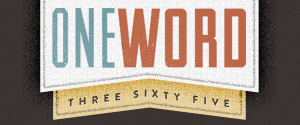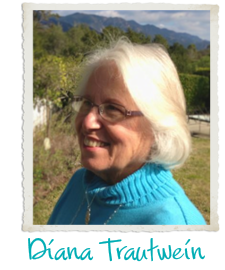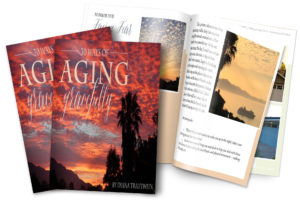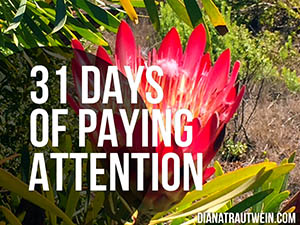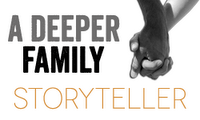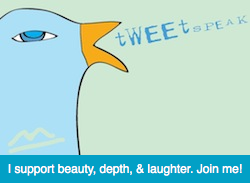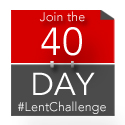“If you want to get a sense of the number of potential connections between the cells in Harold’s brain, contemplate this: a mere 60 neurons are capable of making 10(to the 81st power) possible connections with each other. (That’s 1 with 81 zeroes after it.) The number of particles in the known universe is about one-tenth of this number.”
“…embody our experiences and in turn guide future action. They contain the unique way each of us carries himself in the world, the way we walk, talk, and react. They are the grooves down which our behavior flows. A brain is a record of a life. The networks of neural connections are the physical manifestation of your habits, personality, and predilections. You are the spiritual entity that emerges out of the material networks in your head.”
“Of course, Ms. Taylor wanted to impart knowledge, the sort of stuff that shows up on tests But within weeks, students forget 90 percent of the knowledge they learn in class anyway. The only point of being a teacher is to do more than impart facts; it’s to shape the way students perceive the world, to help a student absorb the rules of a discipline. The teachers who do that get remembered. She didn’t so much teach them as apprentice them…She forced them to make mistakes. The pain of getting things wrong and the effort required to overcome error creates an emotional experience that helps burn things into the mind. She tried to get students to interrogate their own unconscious opinions…She also forced them to work…She pushed. She was willing to be hated. Ms. Taylor’s goal was to turn her students into autodidacts. She hoped to give her students a taste of the emotional and sensual pleasure discovery brings – the jolt of pleasure you get when you work hard, suffer a bit, and then something clicks. She hoped her students would become addicted to this process. They would become, thanks to her, self-teachers for the rest of their days.”




















